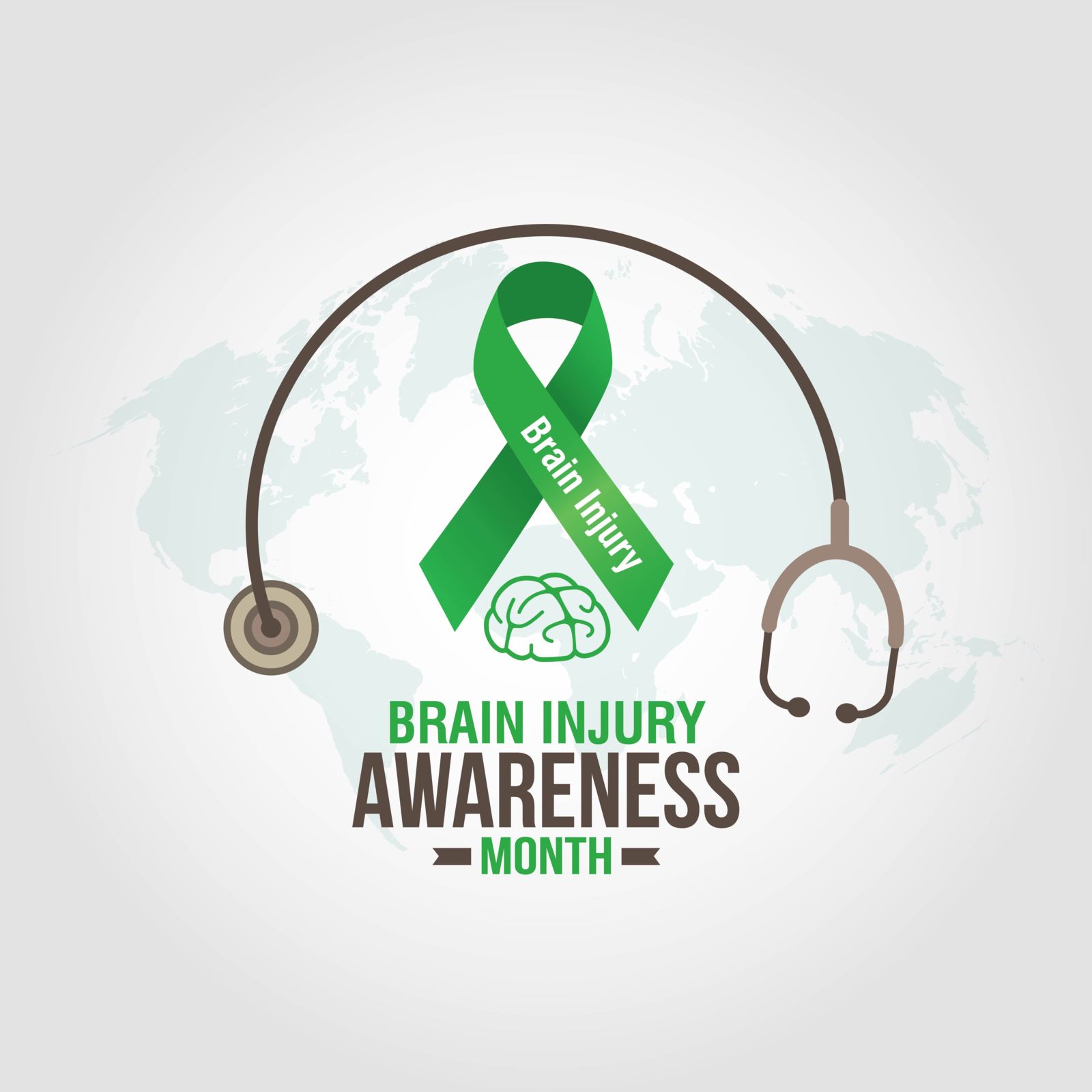Understanding Brain Injury Awareness Month
March is Brain Injury Awareness Month. It is a time to educate, raise awareness, and support those affected. The Brain Injury Association of America (BIAA) leads efforts to inform the public and advocate for individuals living with brain injuries.
What is a Brain Injury?
A brain injury happens when the brain is damaged by trauma, stroke, or illness. It can lead to temporary or permanent difficulties in thinking, moving, and social interactions.
Shocking Brain Injury Statistics
Brain injuries affect millions of people each year. Here are some key statistics from BIAA:
- Every year, at least 2.8 million Americans experience a traumatic brain injury (TBI).
- More than 5 million people in the U.S. live with a TBI-related disability.
- Falls are the leading cause of TBIs in young children.
- Among children aged 0-14, brain injuries cause about 2,685 deaths and 37,000 hospitalizations annually.
The Long-Term Effects of Brain Injuries
Brain injuries often have lasting consequences. Studies show that five years after a brain injury:
- 57% of people still have moderate to severe disabilities.
- 55% remain unemployed.
- 33% need help with daily activities.
- 29% struggle with drug or alcohol use.
2025 Awareness Initiatives
This year, BIAA continues its “My Brain Injury Journey” campaign. The goal is to share personal stories and promote understanding. Key events include:
- National Brain Injury Awareness Day (March 3-5, 2025) in Washington, D.C.
- Storytelling and fundraising efforts.
- Advocacy programs to support policy changes.
There are many ways to support Brain Injury Awareness Month:
- Raise Awareness: Talk about brain injuries and share resources online.
- Donate or Fundraise: Support BIAA’s programs. A $100 donation earns a special awareness t-shirt.
- Share Your Story: Personal experiences help others understand the impact of brain injuries.
- Advocate: Contact lawmakers and ask for better brain injury programs and funding.
Final Thoughts
Brain Injury Awareness Month reminds us of the challenges survivors face. It also highlights the power of education and support. By taking action, we can help improve the lives of those affected by brain injuries.
For more information, visit BIAA’s website.


 Facebook
Facebook
 X
X
 Pinterest
Pinterest
 Copy Link
Copy Link


